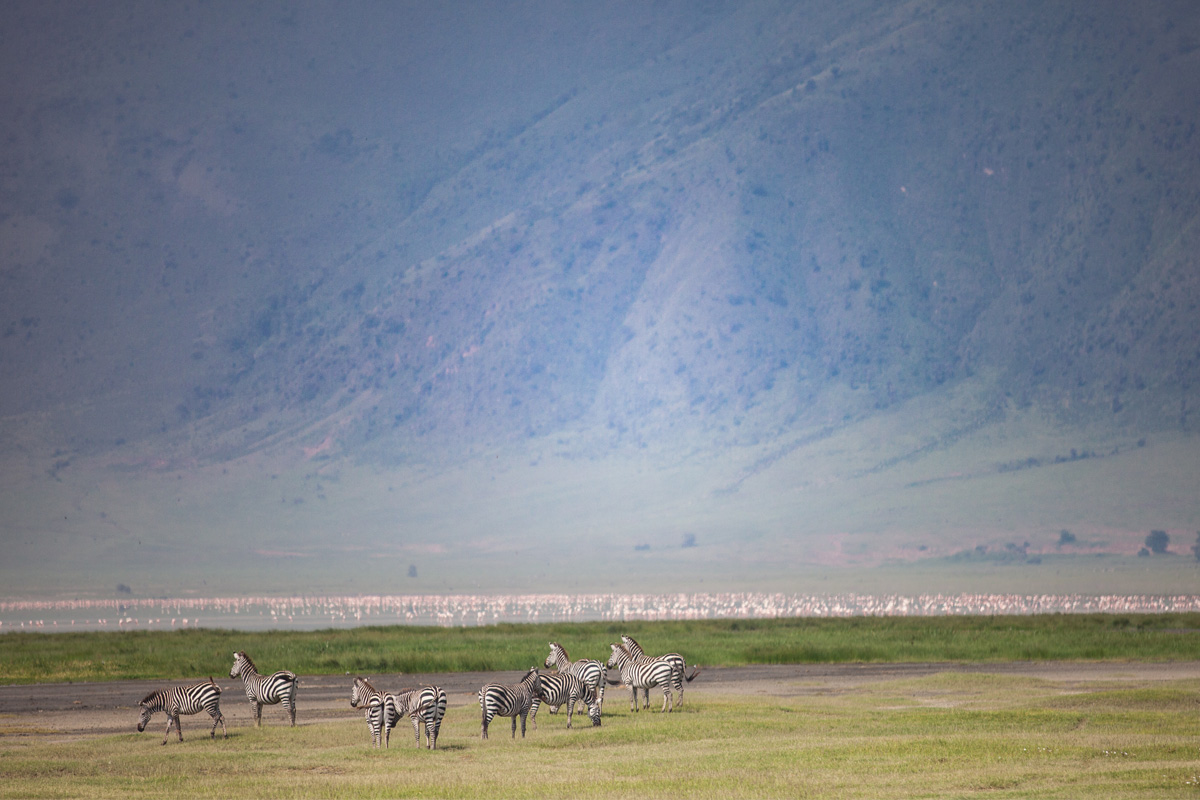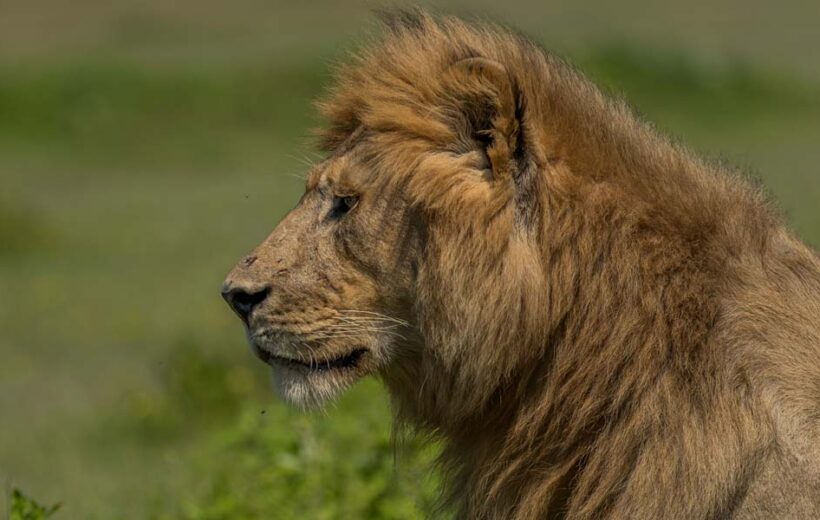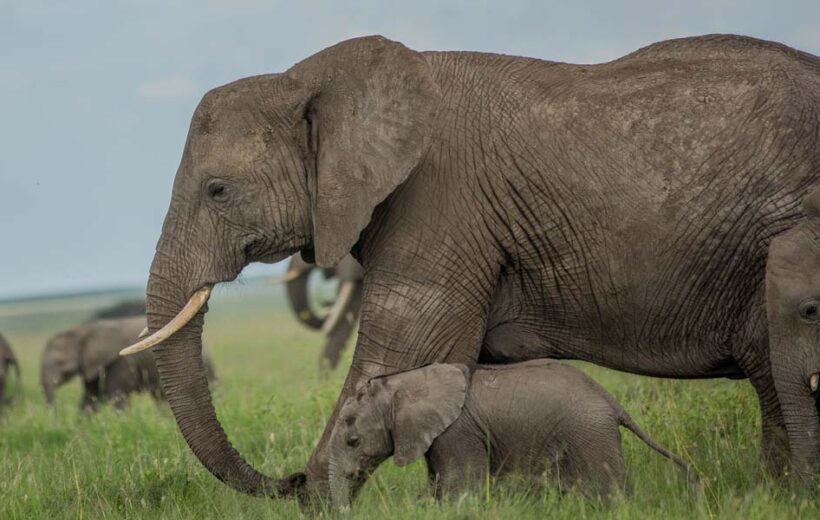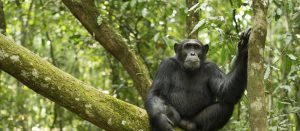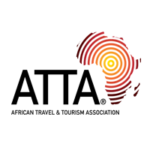The Ngorongoro Crater is one of Africa’s Natural wonders. It was formed over a million years ago when a Volcanic mountain erupted and collapsed on itself. This formed a depression that is currently the World’s largest unfilled caldera. It covers a land area of 260 square kilometers with a 19-kilometer diameter.
The Ngorongoro Crater has the best mix of cultural heritage and biodiversity. It is home to Tanzania’s most diverse animal species, including the Big Five Mammals. The Masai are the native inhabitants of the Crater and have, over time, been evicted from key areas to ensure wildlife and ecosystem sustainability. This resulted from the decline in the animal population due to poaching and an increase in wildlife habitat encroachment because of the rise in the human population.
Ngorongoro is a crucial wildlife ecosystem for tourism, research, and conservation. Its diverse ecosystems are a hotspot for wildlife adventures and exclusive Discovery Journeys.
Discover Your Getaway!
Start Trip Booking Process
Get In Touch with our travel consultants to start crafting for you a tailor-made African holiday package.
+(256) 785-179-586
Discovery Journeys To Ngorongoro Crater
Wildlife in Ngorongoro Crater
The Ngorongoro Crater has a high wildlife density with the savanna’s most sought-after animal species. It is home to the Big Five Mammals, including lions, elephants, leopards, buffaloes, and Rhinos. Elands, gazelles, wildebeests, hippos, and zebras are the other notable safari animals in the crater.
It is also home to over 500 bird species, including endemics that do not occur in any other destination. Notable birds in the crater include the Kori bustard, Black kite, grey-crowned crane, and flamingos. All these make Ngorongoro Crater safari experiences and Discovery Journeys unmatched.
Key Attractions in Ngorongoro Crater
Lake Magadi
Lake Magadi is a crater lake that was formed within the Ngorongoro Crater. It is a shallow, alkaline Lake home to several bird species, including flamingos. Its soda concentration makes it a hotspot for pink flamingos that are spotted feeding.
The Crater’s large animal species use the lake as a cooling spot. On a visit to Lake Magadi, you get to see several wildlife species and their coexistence and harmony. The pink flamingo coloring is impressive, and the Crater wall background makes it more scenic.
The Crater Floor
The Ngorongoro Crater floor is iconic with its varying landscapes and ecosystems. It comprises open savannas, a riverine forest, a lake, and a swamp. This makes it an ideal place for game drives to see the different wildlife species. The Crater is a natural enclosure, and wildlife spotting is therefore easy. It has well-maintained game drive trails that lead to the different sections of the crater. It is possible to spot over 40 species in one game drive making the crater ideal for wildlife photography.
Game drive experiences are best enjoyed early mornings and late evenings. You are expected to exit the crater by 6:00 pm which is a good time to have covered your wildlife expeditions.
Lerai Forest
Lerai Forest is found on the Ngorongoro Crater floor. Its mixture of tree species shelters elusive cats like leopards. It also has a vibrant bird life restricted to the forest zones.
Lerai Forest brings a natural blend of diversity that makes Tanzania safaris in the Crater more exciting.
The Masai Bomas
The Masai are the guardians of the Ngorongoro ecosystem. They live in extended family homesteads called Manyattas. On a visit to the crater area, you visit the communities for insight into their culture and ways of life. A typical Masai visit features a homestead tour, traditional fire making, and a cultural dance.
Such cultural interactions enable us to celebrate our diversity and values.
Where to stay
The crater has several accommodation options, from budget to high-end luxury lodges. These are distributed on the Crater rim with impressive views of the crater floor. Notable options include Ngorongoro Crater Lodge, Lemala Ngorongoro Tented Camp, and Sanctuary Ngorongoro Camp.
The Karatu area is adjacent to the Ngorongoro Conservation Area, with more lodging options. It has coffee farms that can be explored in addition to the crater visits.
Getting there
The crater can be accessed by road from Arusha and other Northern Tanzania safari destinations. It is advisable to spend a night in Karatu or the accommodation options in the crater rim ahead of your Discovery Journeys in the crater.
You can also get there by flight from Arusha to Lake Manyara Airport and then connect to the Conservation area by road. Some luxury lodges have helipads where you can directly land in small helicopters.
Best time to Visit
The Crater can be visited any time of the year. We recommend visiting during the dry season from June to September and December to February for the best wildlife viewing opportunities. These months double as the busy season months with high tourist numbers.
To avoid crowds, you can visit during the off-season months of October, November, March, April, and May. Off-season months are ideal for birding since most birds are in full plumage, and migratory birds also set in.
Ngorongoro Crater safari tours is best experienced alongside other northern Tanzania destinations, including Tarangire, Lake Manyara, Ndutu, and Serengeti National Park.

